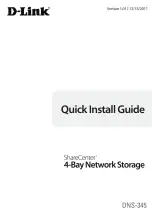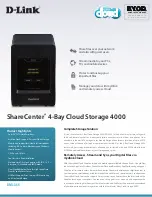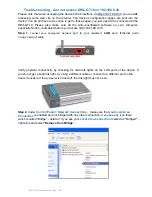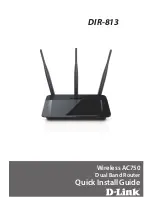
Event and Accounting Logs
7950 SR OS System Management Guide
Page 369
Parameters
—
Values
seconds: 1 – 100
Default
0
event-control
Syntax
event-control application-id
[
event-name
|
event-number
]
[
generate
][
severity-level
]
[
throttle
] [
specific-throttle-rate
events-limit
interval
seconds
|
disable-specific-throttle
]
event-control application-id
[
event-name
|
event-number
]
suppress
no event-control application
[
event-name
|
event-number
]
Context
config>log
Description
This command is used to specify that a particular event or all events associated with an application is
either generated or suppressed.
Events are generated by an application and contain an event number and description explaining the
cause of the event. Each event has a default designation which directs it to be generated or
suppressed.
Events are generated with a default severity level that can be modified by using the
severity-level
option.
Events that are suppressed by default are typically used for debugging purposes. Events are
suppressed at the time the application requests the event’s generation. No event log entry is generated
regardless of the destination. While this feature can save processor resources, there may be a negative
effect on the ability to troubleshoot problems if the logging entries are squelched. In reverse,
indiscriminate application may cause excessive overhead.
The rate of event generation can be throttled by using the
throttle
parameter.
The
no
form of the command reverts the parameters to the default setting for events for the
application or a specific event within the application. The severity, generate, suppress, and throttle
options will also be reset to the initial values.
Default
Each event has a set of default settings. To display a list of all events and the current configuration use
the
command.
Parameters
application-id —
The application whose events are affected by this event control filter.
Default
None, this parameter must be explicitly specified.
Values
A valid application name. To display a list of valid application names, use the
applications
command. Some examples of valid applications are:
bgp, cflowd, chassis, debug, igmp, lldp, mirror, ospf, pim, port, snmp, system, user,
vrtr
event-name | event-number —
To generate, suppress, or revert to default for a single event, enter the
specific number or event short name. If no event number or name is specified, the command
Содержание 7950 SR
Страница 10: ...Page 10 7950 SR OS System Management Guide List of Figures...
Страница 14: ...About This Guide Page 14 7950 SR OS System Management Guide...
Страница 16: ...Alcatel Lucent 7950 SR Router Configuration Process Page 16 7950 SR OS System Management Guide...
Страница 56: ...Configuration Notes Page 56 7950 SR OS System Management Guide...
Страница 88: ...Configuring Login Controls Page 88 7950 SR OS System Management Guide...
Страница 106: ...Security Command Reference Page 106 7950 SR OS System Management Guide...
Страница 206: ...Distributed CPU Protection Commands Page 206 7950 SR OS System Management Guide...
Страница 244: ...Debug Commands Page 244 7950 SR OS System Management Guide...
Страница 254: ...Configuration Notes Page 254 7950 SR OS System Management Guide...
Страница 276: ...SNMP Security Commands Page 276 7950 SR OS System Management Guide...
Страница 296: ...Show Commands Page 296 7950 SR OS System Management Guide...
Страница 322: ...Configuration Notes Page 322 7950 SR OS System Management Guide...
Страница 358: ...Log Management Tasks Page 358 7950 SR OS System Management Guide...
Страница 454: ...Facility Alarm List Page 454 7950 SR OS System Management Guide...
Страница 460: ...Standards and Protocols Page 460 Standards and Protocols...
















































